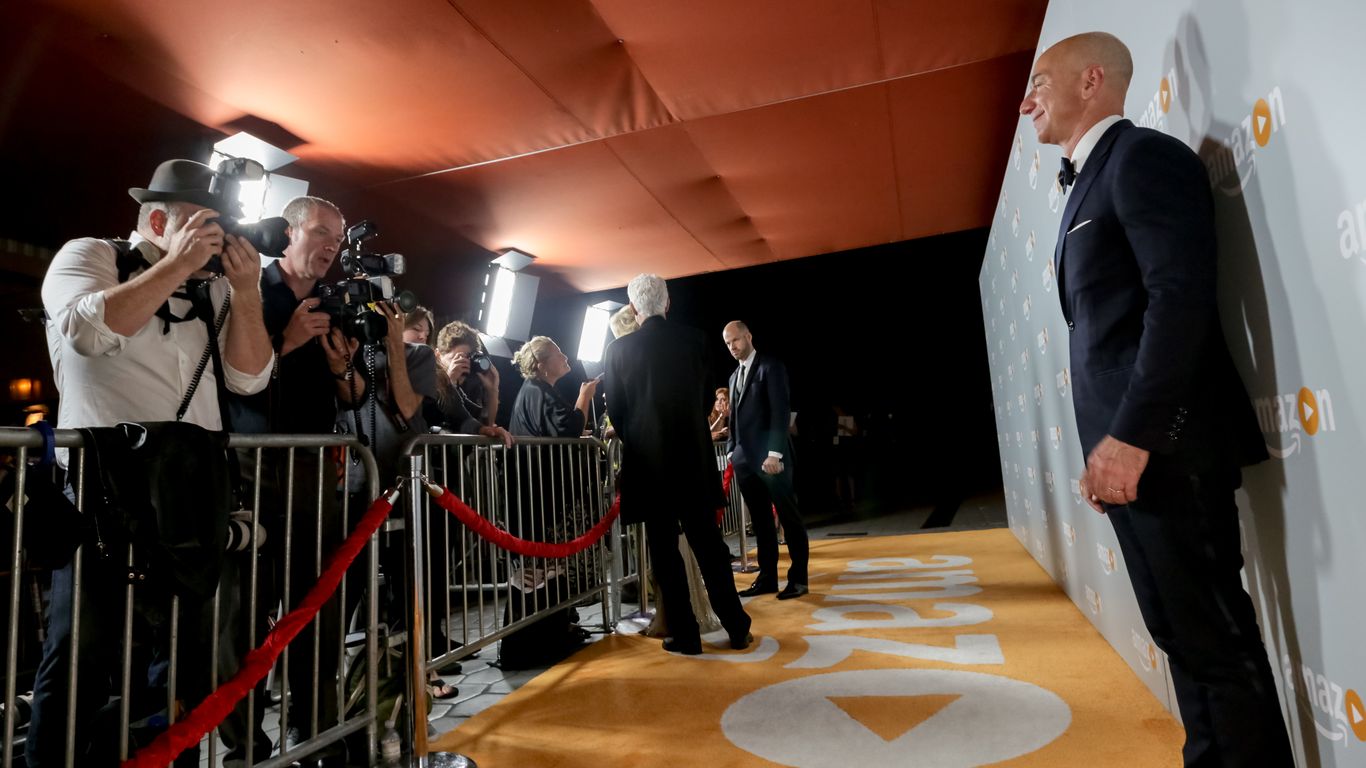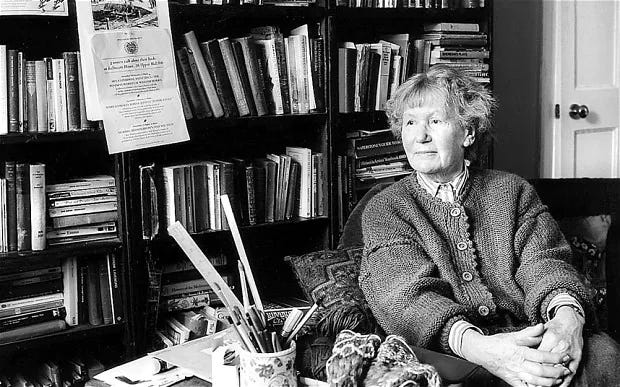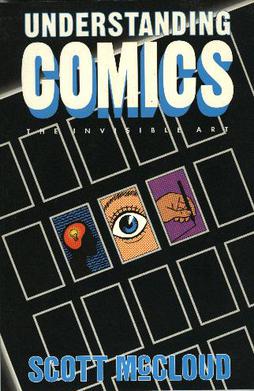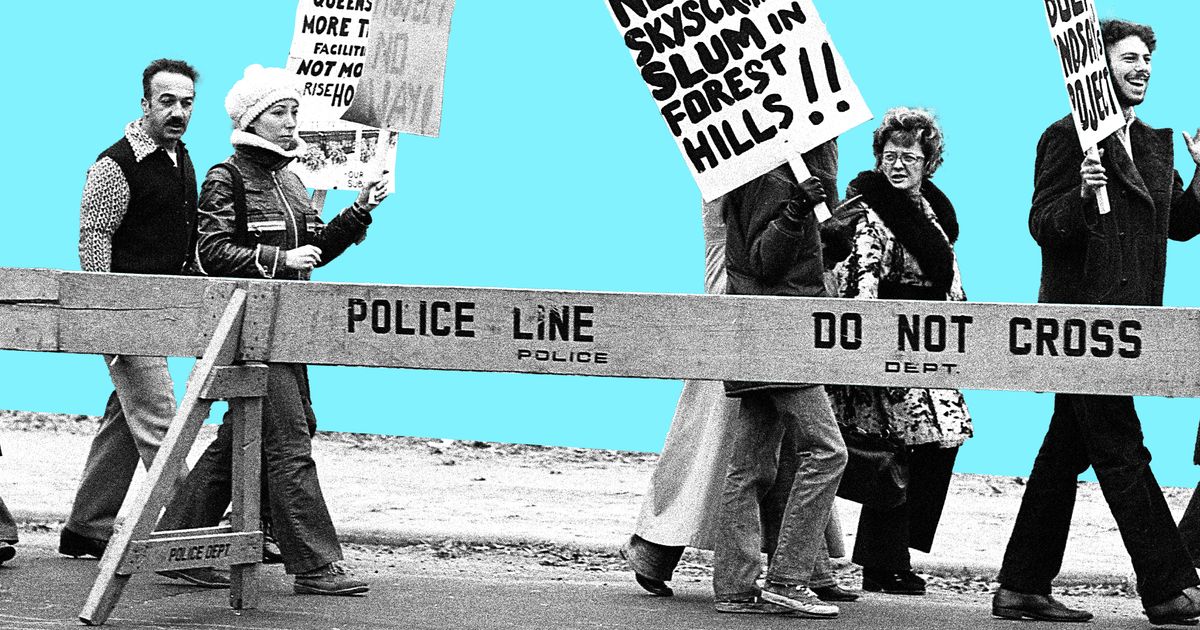
James Bond Unmasked
In our time, no books, no films, have enjoyed such a dazzling international success as the James Bond stories. But the impact was not instantaneous. When Casino Royale appeared in 1953 the reviews were good, but three American publishers rejected the book and sales were mediocre, which was a sore disappointment to Bond's unabashedly self-promoting author, Ian Fleming, then forty-three years old.
By the spring of 1966 the thirteen Bond novels had been translated into twenty-six different langauges and had sold more than forty-five million copies. The movie versions of Doctor No; From Russia With Love; Goldfinger; and Thunderball had been seen by some one hundred million people and were in fact among the most profitable ever produced. Bond has spawned a flock of imitators, including Matt Helm, Quiller, and Boysie Oakes. More than two hundred commercial products, ranging from men's toiletries to bubble gum, have been authorized to carry the official Bond trademark. Only recently, after a fantastic run, has the boom in Bond begun to slump. Or has it? Kingsley Amis, an honest devotee, has been commissioned to continue the adventures of Fleming's hero. A new Bond, Colonel Sun, has been published recently, and is already a best-seller in England.
The success of Bond is all the more intriguing because Ian Fleming was such an appalling writer. He had no sense of place that scratched deeper than Sunday-supplement travel articles or route maps, a much-favored device. His celebrated use of insider's facts and O.K. brand names, especially about gunmanship and the international high life, has been faulted again and again. Eric Ambler and Graham Greene (in his entertainments) have written vastly superior spy stories, and when Fleming ventured into the American underworld, he begged comparison with Mickey Spillane, not with such original stylists as Dashiell Hammett and Raymond Chandler. He had a resoundingly tin ear, as witness a Harlem Negro talking, vintage 1954 (Live and Let Die) :






















